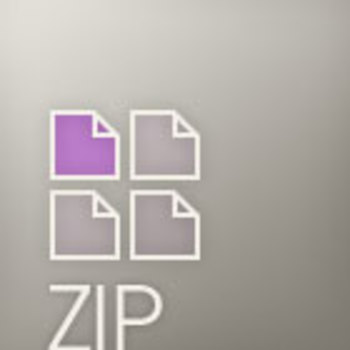Dyslexic Dilemma at the High School Level
Dawn Igaz
50 Followers
Description
The fluency drills and decoding practice sessions are easy to implement at the elementary level. It also has more “legs” to it. Elementary students have a blank slate to work with and that “reading readiness” level allows a dyslexic teacher to make a lot of progress. Students going through middle school have PE classes, advisories, and electives, so they have a considerable amount of flexibility with regards to scheduling dyslexic intervention classes. Students at the middle school level are still malleable.
High school rolls around and reading intervention takes on an entirely different dynamic. Pulling students from electives that are often as rigorous as core classes can be complicated for the dyslexic intervention teacher as well as they dyslexic student. These students do not need to fall behind. Many do not need the struggle of maintaining their academic responsibilities without the added pressure of missing an entire class.
What do we do as educators of dyslexic students at the high school level? Statistically speaking, it is a proven fact that the decoding practice is always going to be useful to the dyslexic student at any level, age, or situation. High school dyslexic students can be categorized into three categories:
Early Diagnosis/Early Intervention - Students who were diagnosed in the primary grades and have had thorough decoding practice and reading intervention. As these students enter the secondary level, they have learned how to read with greater accuracy. Their reading rates and fluency are often superior to the average middle or high school student. It is a proven fact, early intervention is imperative.
Undiagnosed/Compensated – Students who found a way to read despite the struggle. Many dyslexic students score off the charts on intelligence tests. As auditory learners, they can learn just as well as a student without dyslexia. In fact, studies indicate an extremely high intelligent level exist in the dyslexic population. It is often the reason why they have matriculated successfully. They are often so intelligent that they have taught themselves to read without the normal phonologically and phonemic processing equipment.
Late Diagnosis/Struggling/Low Performance – As a teacher of dyslexic students, this is the worst case scenario. Too many dyslexic students have been identified as slow learners and reading disabled. Self-esteem and incorrect labeling have impeded their ability to learn. At this point, there is often other issues to address. While dyslexia is a neurological complication, it can, in most cases, be remedied if diagnosis happens in the early learning years. Many dyslexic students were relieved to find out that it was dyslexic. The diagnosis in itself can become cathartic. Once diagnosed, they know what they are dealing with. They know to expose themselves to more auditory learning. If not, self-esteem and frustration can result in a student who gives up and thus, is in danger of failure and possibly dropping out of high school.
High school rolls around and reading intervention takes on an entirely different dynamic. Pulling students from electives that are often as rigorous as core classes can be complicated for the dyslexic intervention teacher as well as they dyslexic student. These students do not need to fall behind. Many do not need the struggle of maintaining their academic responsibilities without the added pressure of missing an entire class.
What do we do as educators of dyslexic students at the high school level? Statistically speaking, it is a proven fact that the decoding practice is always going to be useful to the dyslexic student at any level, age, or situation. High school dyslexic students can be categorized into three categories:
Early Diagnosis/Early Intervention - Students who were diagnosed in the primary grades and have had thorough decoding practice and reading intervention. As these students enter the secondary level, they have learned how to read with greater accuracy. Their reading rates and fluency are often superior to the average middle or high school student. It is a proven fact, early intervention is imperative.
Undiagnosed/Compensated – Students who found a way to read despite the struggle. Many dyslexic students score off the charts on intelligence tests. As auditory learners, they can learn just as well as a student without dyslexia. In fact, studies indicate an extremely high intelligent level exist in the dyslexic population. It is often the reason why they have matriculated successfully. They are often so intelligent that they have taught themselves to read without the normal phonologically and phonemic processing equipment.
Late Diagnosis/Struggling/Low Performance – As a teacher of dyslexic students, this is the worst case scenario. Too many dyslexic students have been identified as slow learners and reading disabled. Self-esteem and incorrect labeling have impeded their ability to learn. At this point, there is often other issues to address. While dyslexia is a neurological complication, it can, in most cases, be remedied if diagnosis happens in the early learning years. Many dyslexic students were relieved to find out that it was dyslexic. The diagnosis in itself can become cathartic. Once diagnosed, they know what they are dealing with. They know to expose themselves to more auditory learning. If not, self-esteem and frustration can result in a student who gives up and thus, is in danger of failure and possibly dropping out of high school.
Total Pages
16 pages
Answer Key
N/A
Teaching Duration
N/A
Report this resource to TPT
Reported resources will be reviewed by our team. Report this resource to let us know if this resource violates TPT’s content guidelines.


